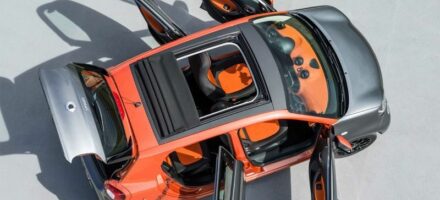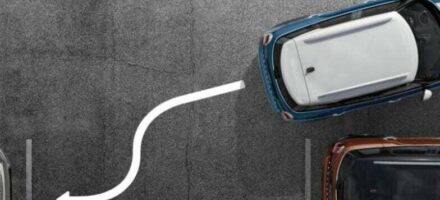
From September 2020 – 2021, provisional estimates show that motor vehicles travelled 299.3 billion vehicle miles in the UK. So, it's safe to say many of us like to travel on the road! However long your journey is, it's important to keep your family safe when driving. The good news is, due to technological advancements, there are several features many cars come with that will help create a safer driving experience for the whole family.
When you look at the history of cars, technological developments have paved the way for safer and sleeker cars. Initially, cars got us from point A to B, but now have so many more features from aesthetic to practical.
Advanced Driver Assistance Systems (ADAS)

Advanced Driver Assistance Systems (ADAS) are active safety systems that can identify safety situations and take action, either by sending a warning to the driver or automatically. They include Automatic Emergency Braking (AEB), Lane Keep Assist (LKA) and Intelligent Speed Assistance (ISA).
Cars like the BMW 2 Series Coupé, Mercedes-EQ EQS and Audi Q4 e-tron have these ADAS features, such as automatic emergency braking, a lane assist system and speed assistance.
Automatic Emergency Braking (AEB)
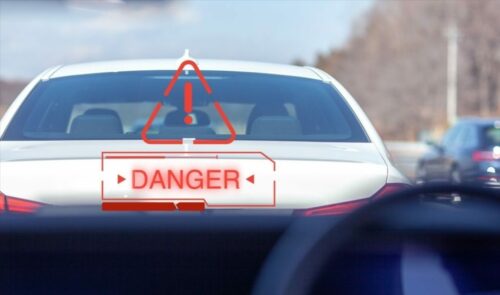
AEB systems use sensors and cameras to detect obstacles and then assess the likelihood of a collision. It usually begins with a warning, e.g., an audible alarm or dashboard message warning the driver a collision is likely that they must brake.
If no actions are taken, the system applies the brakes automatically to avoid severe impact. This safety feature is particularly helpful, as they don't only warn the driver; they can act if the driver fails to do so, which can potentially help prevent an accident.
Lane Departure Warning
Lane-keeping technology includes Lane Departure Warning, which monitors your position on the road and alerts the driver if the car crosses lane markers or swerves too close to another vehicle. It can warn you through haptic feedback, e.g., vibrating the steering wheel or an audible warning.
More advanced systems will make steering wheel adjustments automatically to keep the car within the lane. However, most stop working if they detect that the driver isn't holding the steering wheel or attempting to keep the car within the lane themselves. This Lane Departure Warning system is particularly helpful for longer drives, where drivers can grow tired and lose focus.
Intelligent Speed Assistance (ISA)
ISA systems help keep the car within the speed limits by warning the driver when the speed limit is exceeded or by reducing the car's speed. Driving higher than the speed limit can be dangerous, so this feature is useful particularly when driving in unfamiliar territory, where you might not know the speed limits as well.
Other Safety Features
Electronic Stability Control (ESC)
Many accidents are a result of drivers losing control in a bend taken too fast or needing to take quick evasive action.
ESC software automatically reduces engine power and operates individual brakes if it detects that the car is about to lose stability or there's a risk of skidding.
Since 2014, ESC has become compulsory in all new cars.
Adaptive Cruise Control
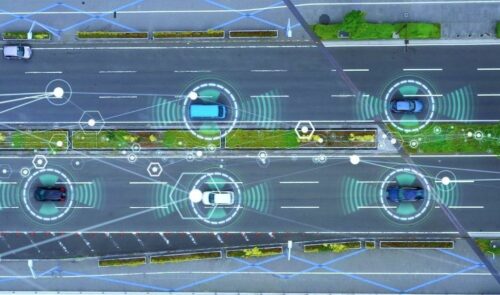
This is a driver-assist system that uses sensory technology such as a laser sensor, a radar, or cameras. It automatically allows the car to speed up or slow down to maintain a safe distance from the cars ahead. This is particularly important as keeping an appropriate distance from other cars can prevent an accident.
The Land Rover Range Rover, BMW iX3 and Audi Q8 have adaptive cruise control.
Pedestrian Detection
This uses advanced sensors to detect the movements of people. It uses cameras mounted behind the rear-view mirror and radar to do so. It then warns you if someone is nearby the car, or some systems will apply the brakes if the driver doesn't respond. This may be particularly useful on roads where there are schools, as these tend to have a high rate of pedestrian traffic.
The Jaguar I-PACE and the BMW iX and the Audi Q3 TFSI e have this feature.
Rear Occupant Alert Technology
Newer cars offer this feature, which alerts the driver to check their backseat before leaving their vehicle. It can do this in several ways, e.g., an alert on the screen. Some more complex systems use ultrasonic sensors to detect movement inside the car after the driver turns it off. It can then sound the horn or flash the car lights in response. This feature might appeal to families who may have children in the backseats of their car. Over time, we hope to see this technology become more widely available in the automotive industry.
Rear-View Camera
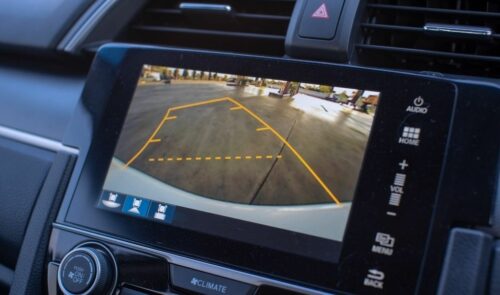
This common and well-known car safety feature allows the driver to see behind the car, with some vehicles even having 360-degree cameras. This is an important feature for car safety, as you can see if any children are walking behind the car and can avoid reversing.
The Jaguar F-TYPE, BMW 3 Series and the Mercedes A-Class have this feature.
Numerous technological advancements over the years have paved the way for significantly safer vehicles, allowing families and drivers in general to have safer journeys. However, these technologies are not a replacement for careful driving. Make sure to take a break if you need to, particularly on longer journeys and be cautious when on the road.
Looking for your next set of wheels for your next adventure? Have a browse of our catalogue of new and used cars.
You Might Also Like
Best Historical Places to Visit in the UK
Keeping Your Family Safe on the Road
Changes to the Highway Code 2022
Visit our YouTube channel to find our car reviews and expert advice.


